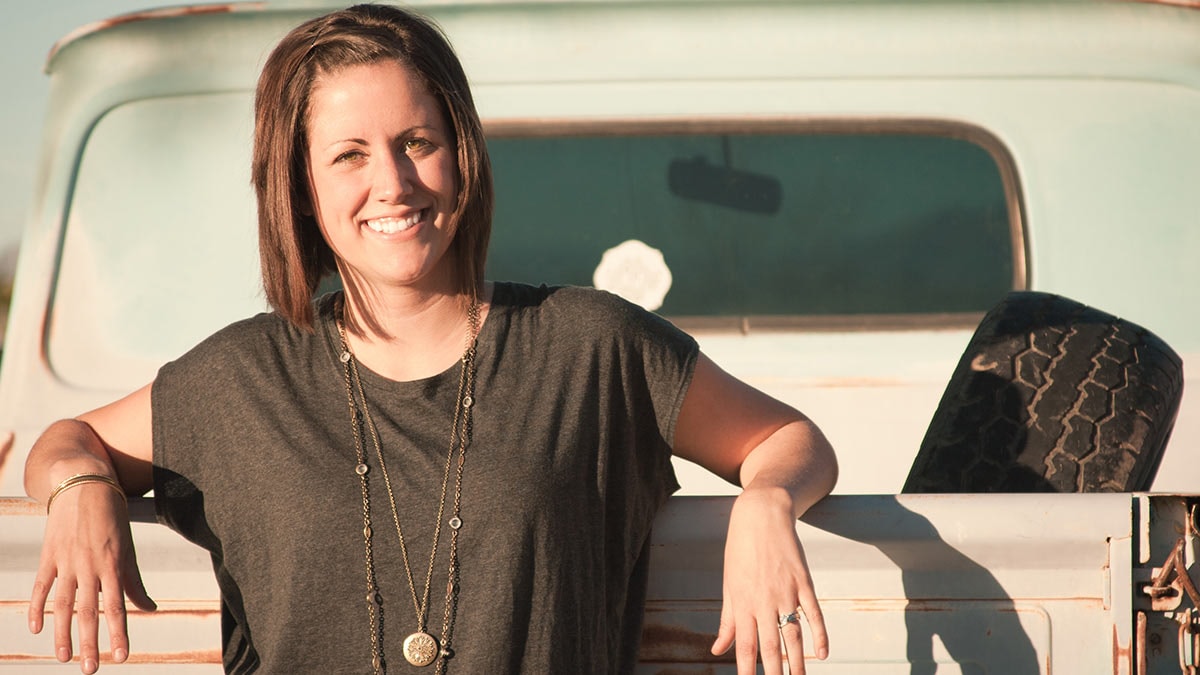Key points
- There is no safe level of exposure to secondhand smoke (SHS).
- In some states, urban areas are more likely than rural areas to have comprehensive smokefree laws.
- There are actions that can be taken to protect people from secondhand smoke.

Inequities in secondhand smoke exposure
No level of secondhand smoke is safe
Uneven access to smokefree laws and policies drives health inequities.2 Smokefree air policies are important for public health because they protect people who don't smoke from SHS, motivate those who smoke to quit, and prevent people from starting to smoke. Right now, however, not everyone in the nation is equitably protected by these policies. Progress in smokefree protections have been blocked for some geographic regions and communities within them.
- In some states, communities having residents with less education and lower incomes are less likely to be covered by comprehensive smokefree laws that prohibit smoking in all areas of workplaces, restaurants, and bars.3
- In some states, urban areas are more likely than rural areas to have comprehensive smokefree laws.3
How to protect everyone from secondhand smoke
Make all workplaces smokefree—with no exceptions
Many workplaces are now covered by a smokefree law—but certain types of workers are not included—leaving them exposed to preventable health hazards. Gaps in smokefree protections often leave out the places where some rural residents work, such as restaurants, bars, casinos, farms, and workplaces with fewer than five employees.4
Let local communities create stronger smokefree air policies
One in five people who isn't protected by a smokefree policy live in a state that does not allow local communities to adopt their own smokefree laws.5 Letting local governments adopt stronger protections than the state would let more communities protect residents from SHS.2
- "Commercial tobacco" means harmful products that are made and sold by tobacco companies. It does not include "traditional tobacco" used by Indigenous groups for religious or ceremonial purposes.
- U.S. Dept of Health and Human Services. The Health Consequences of Smoking—50 Years of Progress: A Report of the Surgeon General. U.S. Dept of Health and Human Services, 2014. Accessed March 22, 2022. https://www.ncbi.nlm.nih.gov/books/NBK179276/
- Hafez AY, Gonzalez M, Kulik MC, Vijayaraghavan M, Glantz SA. Uneven access to smoke-free laws and policies and its effect on health equity in the United States: 2000–2019. Am J Public Health. 2019;109(11):1568–1575.
- Huang J, King BA, Babb SD, Xu X, Hallett C, Hopkins M. Sociodemographic disparities in local smoke-free law coverage in 10 states. Am J Public Health. 2015;105(9):1806–1813.
- Centers for Disease Control and Prevention. State and Local Comprehensive Smoke-Free Laws for Worksites, Restaurants, and Bars—United States, 2015. MMWR Morb Mortal Wkly Rep. 2016;65(24):623-626.
- American Nonsmokers' Rights Foundation. Bridging the gap: status of smokefree air in the United States, 2019. American Nonsmokers' Rights Foundation. Accessed March 22, 2022. https://smokefreegaps.org/
